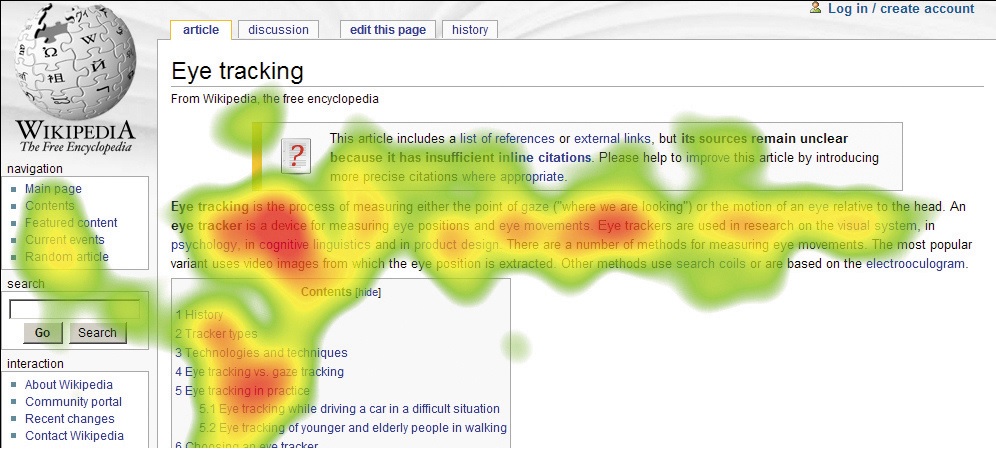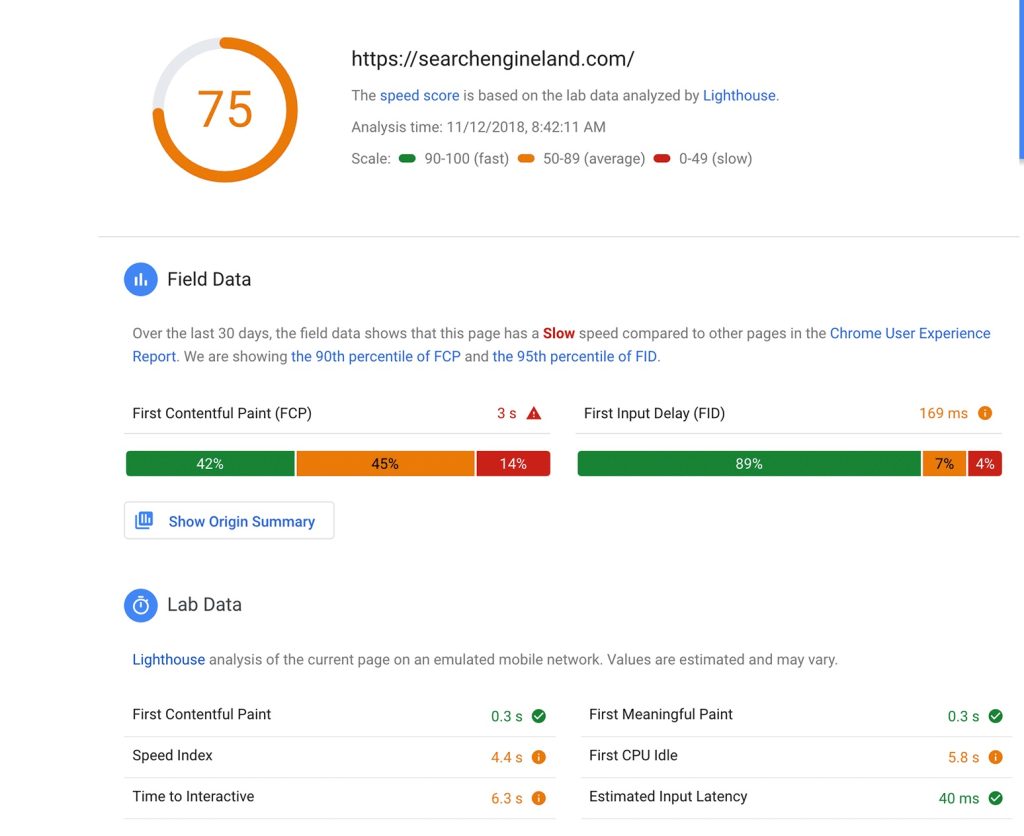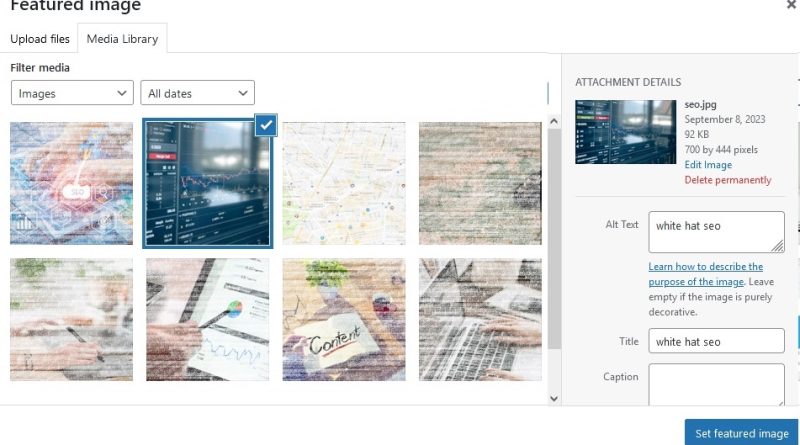Essential Image seo tips
In the digital age, where visual content plays a crucial role in engaging online audiences, the significance of image search engine optimization (SEO) cannot be overstated. Images are not only captivating but can also drive substantial organic traffic to a website when optimized effectively. This article delves into the intricacies of image SEO, shedding light on its importance, techniques, and benefits in enhancing search visibility and overall user experience.
What is Image SEO
Image SEO is the process of optimizing the images on your website so they are easy for search engines to “read” and find, consequently improving the visibility and rankings of your content in Google and other search engines. Like content image are also show in search and these are more valuable some time over content. So image search engine optimization is a basic term for making the image rank top in the search. For that firstly the google spider need to detect the image by using some basic description. Image SEO is the process of optimizing the images on your website so they are easy for search engines to “read” and find, consequently improving the visibility and rankings of your content in Google and other search engines. Image SEO includes elements like image type, size, and load time and your usage and optimization of alt text and keywords in image file names.
Image SEO encompasses a set of strategies aimed at optimizing images to make them more search engine-friendly. Unlike textual content, search engines rely on various attributes to comprehend and rank images appropriately. Three main aspects play a pivotal role in image SEO:
- Image Relevance: Selecting images that are relevant to the content of the webpage is fundamental. Relevance ensures that both users and search engines can easily comprehend the context of the image in relation to the surrounding content.
- Image Quality: High-quality images enhance user experience and encourage longer engagement. Optimizing images for resolution and clarity is crucial to avoid pixelation or distortion.
- Image Metadata: Metadata, including alt text, file names, and captions, provide contextual information to search engines about the image’s content. Alt text, in particular, serves as a textual description of the image and is essential for accessibility.
Techniques for Image SEO
- Optimized File Names: Giving images descriptive file names that reflect their content helps search engines understand what the image is about. Instead of generic names like “image123.jpg,” use names like “white-floor-bouquet.jpg.”
- Alt Text Optimization: Alt text (alternative text) is a concise description of the image’s content. Including relevant keywords in the alt text improves the chances of the image appearing in relevant search results.
- Image Compression: Large image file sizes can slow down webpage loading times, negatively impacting user experience. Compressing images while maintaining quality is crucial for optimal performance.
- Image Format Selection: Choosing the appropriate image format, such as JPEG, PNG, or GIF, depends on the type of image. JPEG is best for photographs, PNG for images with transparency, and GIF for animations.
- Responsive Design: Designing webpages with responsive layouts ensures that images adjust seamlessly to different screen sizes, enhancing user experience across devices.
Benefits of Image SEO
- Enhanced User Experience: Optimized images lead to faster loading times and smoother browsing, contributing to an improved user experience. Users are more likely to stay on a website that loads quickly and provides visually appealing content.
- Increased Organic Traffic: Well-optimized images can appear in both regular search results and image search results, increasing the visibility of your website and attracting organic traffic.
- Reduced Bounce Rates: Engaging images can capture users’ attention and encourage them to explore the website further, reducing bounce rates and increasing overall engagement.
- Accessibility: Incorporating descriptive alt text ensures that visually impaired users using screen readers can understand the image’s content, making your website more inclusive.
In the competitive digital landscape, harnessing the power of image SEO is essential for any website looking to stand out and attract organic traffic. By understanding the nuances of image optimization, selecting appropriate techniques, and recognizing the benefits it offers, website owners can create a visually appealing and search-engine-friendly online presence. Remember, the combination of relevance, quality, and metadata optimization will ultimately lead to improved search visibility, better user experiences, and a competitive edge in the online realm.
Pros of Image SEO
In the ever-evolving landscape of digital marketing and search engine optimization (SEO), the role of images has gained prominence as a powerful tool for engaging users and enhancing the overall user experience. Image SEO, a technique aimed at optimizing images for search engines, has its own set of advantages and disadvantages. This essay delves into the pros and cons of image SEO, shedding light on its potential benefits and drawbacks in the pursuit of improved online visibility.Successfully navigating the world of image SEO requires a holistic approach that considers both technical optimization and user-centered design. Striking the right balance between visuals and text, staying updated on best practices, and adapting to changes in search engine algorithms will ultimately determine the success of image SEO efforts. By capitalizing on its strengths and addressing its weaknesses, website owners can create a harmonious online presence that leverages the power of images to drive engagement, traffic, and success.

- Enhanced User Engagement: Images have the innate ability to capture users’ attention and convey complex information more quickly than text alone. Optimizing images can lead to increased user engagement, as visually appealing content encourages users to stay longer on a website.
- Improved User Experience: Image optimization contributes to faster page loading times, ensuring a smoother browsing experience. This can reduce bounce rates and increase the likelihood of users exploring multiple pages on a website.
- Higher Click-Through Rates (CTR): Well-optimized images can result in higher CTRs when they appear in search results or social media shares. A compelling image can entice users to click through to a website to learn more.
- Visibility in Image Searches: Image SEO allows images to rank in image search results, providing an additional avenue for organic traffic. Appearing in image searches can expand a website’s visibility beyond traditional text-based results.
- Brand Enhancement: Optimized images that consistently reflect a brand’s identity can contribute to brand recognition and recall. This consistent visual representation strengthens the overall brand image.
- Social Media Sharability: When images are optimized for various platforms, they are more likely to be shared on social media. This amplifies brand exposure and potentially attracts more traffic back to the website.
- Storytelling and Engagement: Images have the power to convey emotions and narratives that text alone might struggle to achieve. Image SEO enables websites to tell compelling stories and create emotional connections with users, fostering a deeper level of engagement.
- Visual Content Diversity: Incorporating a mix of textual and visual content diversifies the user experience. This variety can cater to different learning styles and preferences, making the website more inclusive and engaging for a wider audience.
- E-commerce Benefits: For e-commerce websites, showcasing products through high-quality images enhances the shopping experience. Proper image optimization can lead to increased conversions by providing potential buyers with clear and detailed views of products.
- Local SEO Advantage: Optimized images can play a significant role in local search results. Including location-specific alt text and metadata can help local businesses improve their visibility in searches related to their geographic area.
- Multimedia Presentations: Incorporating optimized images in presentations, articles, and other content formats can enhance the overall aesthetic appeal and comprehension of the material, making it more shareable and engaging.
Cons of Image SEO
Like positive impact that have negative impact also. Though these are minimum if image is properly optimized. Striking the right balance between optimizing images for search engines and catering to user experience is the key to harnessing the full potential of image SEO. As digital landscapes continue to evolve, adapting image SEO strategies to align with best practices will ultimately determine its effectiveness in driving online success.

- Page Load Impact: While image optimization can enhance user experience, incorrect implementation can lead to issues such as reduced image quality or distorted images. Striking a balance between compression and quality is crucial to prevent negative impacts on page loading times.
- Overemphasis on Visuals: Relying heavily on images for content without accompanying textual context can lead to accessibility issues for visually impaired users and hinder search engines’ ability to comprehend the content.
- Keyword Challenges: Unlike text, search engines rely on metadata, alt text, and surrounding content to understand the context of images. This can make it challenging to incorporate targeted keywords effectively.
- Duplication Risk: Without proper file naming and alt text, there is a risk of images being duplicated across the internet, affecting the originality and uniqueness of a website’s visual content.
- Mobile Responsiveness: Images that are not appropriately optimized for mobile devices can negatively impact the mobile user experience, leading to reduced engagement and potential ranking drops.
- Limited Impact on Textual Search: While image SEO is valuable for image searches, its impact on traditional textual search rankings might be limited, as search engines primarily index textual content.
- Copyright Concerns: Using images without proper licensing or permission can lead to legal issues related to copyright infringement. Ensuring that all images used are properly licensed is essential to avoid legal complications.
- Loading Time Optimization Complexity: Achieving the optimal balance between image quality and loading speed can be complex. Different devices, screen sizes, and network conditions require careful consideration to avoid compromising user experience.
- International Considerations: When optimizing images for international audiences, it’s important to take into account cultural differences and ensure that images are relevant and sensitive to various global audiences.
- Visual Overload: Overloading webpages with excessive images can overwhelm users and hinder the ease of navigation. A cluttered visual environment can deter users from staying on the site or returning in the future.
- Algorithm Changes: Search engine algorithms are constantly evolving, and relying solely on image SEO might be risky due to potential algorithm changes that could affect the way images are ranked and displayed in search results.
Image SEO is a multifaceted strategy that brings both benefits and challenges to the table. The advantages of enhanced engagement, improved user experience, and increased brand visibility are compelling reasons to invest in optimizing images for search engines. However, it’s crucial to be mindful of the potential pitfalls, including page loading impacts, accessibility concerns, and the need for balanced content.
Image SEO presents both opportunities and challenges. Leveraging its advantages, such as enhanced engagement, improved user experience, and expanded brand visibility, can lead to positive outcomes for a website. However, addressing its drawbacks, such as potential page load impact and the need for balanced visual and textual content, is equally important.






